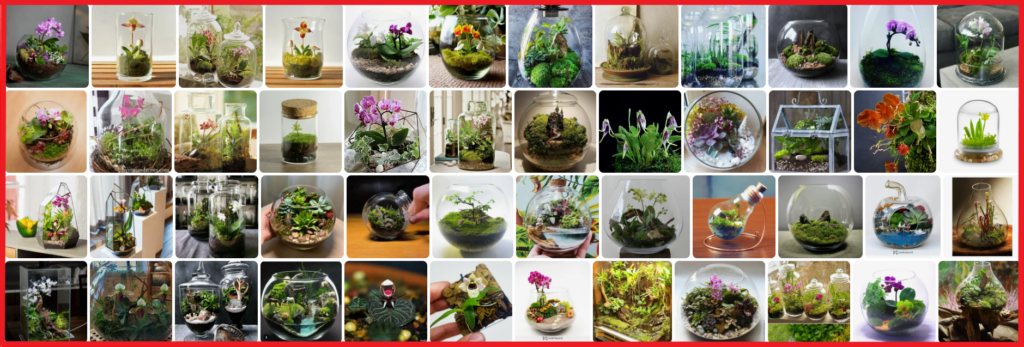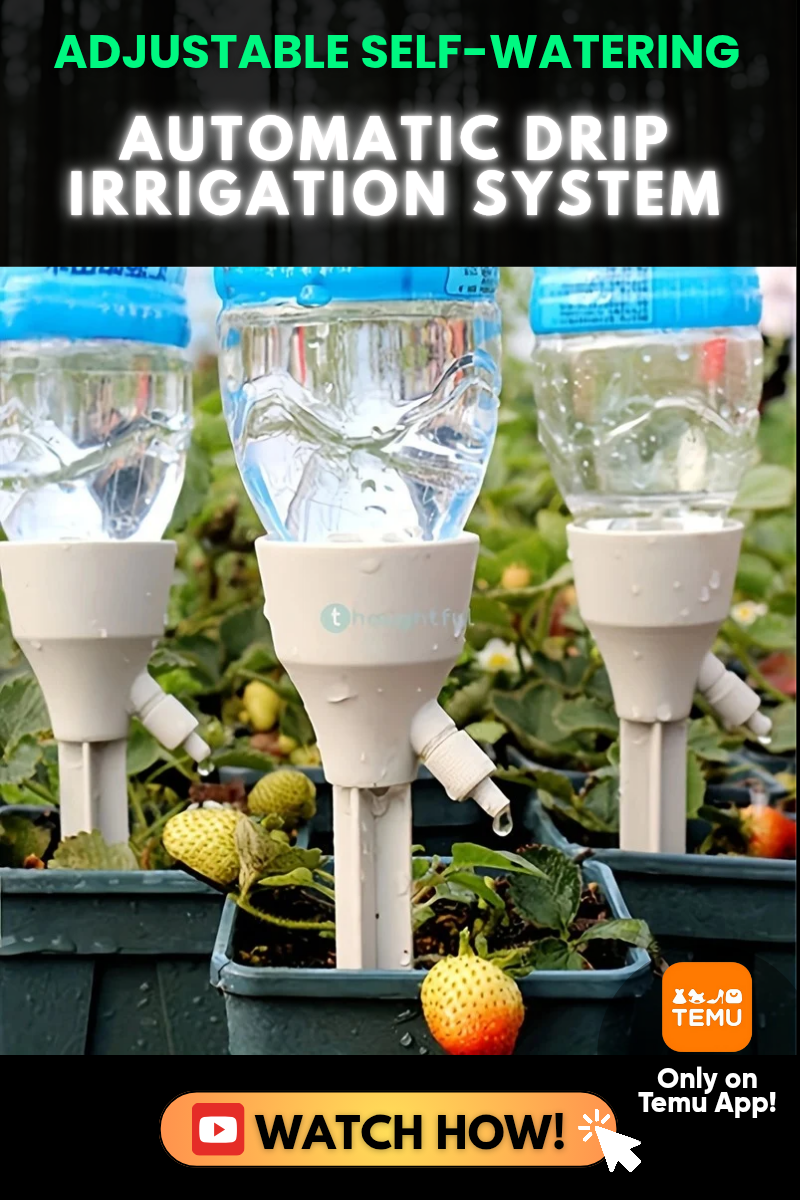In the scorching, arid landscapes where even the most resilient flora wither, one unlikely survivor proudly declares its presence: the magnificent desert rose. With its striking crimson petals and twisted branches, this botanical marvel captures the essence of endurance and adaptability. While these vibrant beauties thrive in desert regions, sometimes circumstances compel us to embark on the daunting but rewarding endeavor of transplanting them. Whether you’re relocating your beloved desert rose to a more suitable environment or expanding your horticultural prowess through curating a desert oasis, this comprehensive guide will unlock the secrets to successfully transplanting the desert rose plant. Step by step, we will unravel the mysteries behind this captivating flora and equip you with the knowledge to ensure a smooth relocation process. So, let us embark upon an enlightening journey, as we delve into the art of transplanting the desert rose—where the resilient spirit of this remarkable plant intertwines with the boundless creativity of your green thumb.
Choosing the Right Time and Location for Transplanting a Desert Rose Plant
Once you have decided to transplant your desert rose plant, choosing the right time and location is crucial for its successful relocation. The timing will determine the plant’s ability to adapt and establish itself in its new environment, while the location will provide the ideal conditions for its growth.
When it comes to timing, it is best to transplant your desert rose plant during the spring or early summer. This is when the plant is actively growing and can better handle the stress of being uprooted. Avoid transplanting during periods of extreme temperature fluctuations or during the plant’s dormant phase in the winter months.
In terms of location, selecting a spot with proper sunlight exposure is key. Desert rose plants thrive in full sun conditions, so choose an area in your garden that receives at least six hours of direct sunlight. Additionally, ensure that the soil is well-draining to prevent waterlogging, which can lead to root rot. Before transplanting, prepare the new location by loosening the soil and removing any debris or weeds. Provide adequate spacing between plants to allow for proper air circulation and prevent overcrowding.
Features/Tips Table:
| Features | Tips |
|---|---|
| Well-draining soil | Amend heavy clay soil with sand or perlite to improve drainage. |
| Right sunlight exposure | Consider using a south-facing location for optimal sunlight exposure. |
| Adequate spacing | Provide at least 2 feet of space between desert rose plants. |
By carefully selecting the right time and location for transplanting your desert rose plant, you are setting the stage for its successful growth and development. Following these guidelines will help ensure the plant’s adaptation and allow it to thrive in its new home. Remember, giving your desert rose the best start will reward you with beautiful blooms and a healthy, vibrant plant.

Preparing the Soil and Container for Successful Transplantation
Transplanting a desert rose plant requires careful consideration of the soil and container to ensure its successful adaptation. Adequate preparation of these crucial elements will contribute to the health and growth of this stunning plant. When it comes to soil, desert roses thrive in well-draining and slightly acidic soil. To create the ideal growing medium, mix equal parts of sand, perlite, and peat moss. This combination promotes proper drainage and prevents waterlogged roots, which is essential given the plant’s aversion to excessive moisture.
Choosing the right container is equally important. Opt for a pot with sufficient drainage holes at the bottom to avoid water accumulation. Selecting a container that is slightly larger than the plant’s root ball allows for future growth. Additionally, consider using a terracotta or clay pot as they provide better aeration and allow excess moisture to evaporate more efficiently. Remember to clean the container before transplanting to eliminate any potential disease-causing pathogens.
<th>Features| Tips | |
|---|---|
|
|

Proper Care and Techniques for Transplanting a Desert Rose Plant
Transplanting a desert rose plant can be a delicate process that requires proper care and techniques to ensure its survival and thriving in its new environment. Whether you’re a seasoned gardener or a beginner, these tips and tricks will guide you through the process and help you achieve successful transplantation results.
First and foremost, timing is crucial when transplanting a desert rose plant. It’s best to carry out this task during the plant’s dormant period, which usually occurs in late winter or early spring. This ensures that the plant is not actively growing and minimizes stress during the transplantation process. Additionally, it’s important to choose a suitable location for your desert rose plant. Consider a spot that receives ample sunlight, has well-draining soil, and is shielded from harsh winds.
Here are so
me essential features and tips to keep in mind:<table style="width:100%">
<tr>
<th>Features</th>
<th>Tips</th>
</tr>
<tr>
<td>Choose a proper pot or container</td>
<td>Provide sufficient drainage holes to prevent waterlogging</td>
</tr>
<tr>
<td>Prepare the soil</td>
<td>Mix equal parts of sandy soil, perlite, and peat moss for optimal growth</td>
</tr>
<tr>
<td>Handle the roots with care</td>
<td>Gently loosen the soil and untangle any root bound areas before transplanting</td>
</tr>
</table>
<p>By following these guidelines and incorporating these features, you'll increase the chances of a successful transplant and give your desert rose plant the best chance at thriving in its new home. Remember, patience is key in the world of gardening, so be sure to provide attentive care and monitor the plant's progress closely. Happy transplanting!</p>
Additional Tips and Considerations for Transplanting a Desert Rose Plant
When transplanting a desert rose plant, there are a few additional tips and considerations that can help ensure a successful and thriving transition. Firstly, it is crucial to choose the right time for transplanting. The best time to do so is during the warmer months when the plant is actively growing. This will allow it to recover more quickly and adapt to its new surroundings.
Another imp
ortant consideration is the selection of the right potting mix. Desert rose plants thrive in well-draining soil, so it’s essential to use a mix that consists of a combination of sand, perlite, and regular potting soil. This will prevent the roots from becoming waterlogged and promote healthy growth.Furthermore, trimming the plant before transplanting can help stimulate new growth and prevent any potential shock. Prune any dead or weak branches and remove any excessive foliage. This will encourage the plant to focus its energy on establishing new roots and adapting to its new environment.
In addition to these tips, here are a few key features and considerations to remember when transplanting a desert rose plant:
<th>Key Features| Tips | |
|---|---|
| Well-draining soil | Use a mix of sand, perlite, and potting soil. |
| Appropriate pot size | Choose a pot that is slightly larger than the current one to allow room for growth. |
| Watering schedule | Water sparingly after transplanting and gradually increase the frequency as the plant establishes itself. |
Remember to provide your desert rose plant with plenty of sunlight, as these plants love bright and direct light. Additionally, be patient and avoid disturbing the roots during the first few weeks after transplanting. By following these tips and considerations, you can ensure a smooth transition for your desert rose plant and enjoy its beauty for years to come.
Frequently Asked Questions
Q: Can I perform a successful transplant on my desert rose plant if it’s buried beneath a mountain of sand?
A: While it may sound daunting, fear not! Transplanting a desert rose plant buried under a mountain of sand is indeed possible, and with the right techniques, it can flourish in its new home.
Q: How can I bring my desert rose plant from its dry desert habitat to a more temperate environment without causing damage?
A: Ah, the desert rose, a resilient beauty! To move your desert rose plant from a dry desert habitat to a more temperate environment, ensure you acclimatize it gradually. Start by introducing it to slightly higher humidity and lower temperatures for short periods, eventually extending the exposure over time. This gentle transition will minimize any shock to your fabulous floral companion.
Q: What sho
uld I do if my desert rose plant refuses to be uprooted, clinging to its sandy home?A: A stubborn desert rose plant can be a challenge, but fret not, intrepid gardener! Sprinkle a pinch of persuasion into the situation. Begin by gradually loosening the soil around the roots, teasing it with love and patience. Make sure to provide your desert rose with proper hydration and ample sunlight, offering it an irresistible invitation to adapt and embrace its new surroundings. And there you have it, the art of transplanting the majestic desert rose plant has been unveiled. From its humble beginnings in the harsh desert landscape, now this resilient beauty can find a new home under your careful guidance. As we conclude our journey through the transplanting process, remember to handle this gem with utmost care and respect its adaptations to the unforgiving desert environment.
While this endeavor may seem challenging at first glance, with patience and a gentle touch, you can successfully relocate your desert rose to a more hospitable environment. As you dig your hands into the soil, connecting both your compassion and green thumb, you embark on a transformational voyage that will rejuvenate the spirit of this magnificent botanical wonder.
By understanding the intimate needs of this desert dweller, you have taken the first step towards ensuring its survival in a new abode. As we stand at the threshold of this journey’s end, we encourage you to continue expanding your knowledge of cultivating and nurturing plants, for every seed sown is an opportunity for growth and empowerment.
Whether you
choose to adorn your garden, patio, or even your living room, the desert rose plant will undoubtedly command attention wherever it blooms. Its vibrant and exotic flowers will intoxicate the senses, reminding you of the natural wonders that thrive in the harshest conditions.So, take a moment to appreciate the artistry of nature, to study the remarkable adaptations that allow the desert rose to flourish against all odds. And as you witness its seamless integration into its new home, remember that the act of transplanting extends far beyond the physical. It allows for the exchange of life, knowledge, and energy.
As we draw the final curtain on this extraordinary journey, know that the legacy you leave behind will be woven into the veins of the blistering desert sands, breathing new life into the very fabric of our environment. The desert rose, once confined to the arid wilderness, can now stand as a testament to our capacity to nurture and protect the wonders of our natural world.
May your tr
ansplanted desert rose thrive and blossom, bringing beauty and joy to your life in a testament of nature’s resilience. Let its vibrant colors ignite your spirit and serve as a constant reminder that compassion and nurturing have the power to transform even the harshest landscapes into flourishing havens. Now, go forth and continue your journey, caring for the blossoms the world so generously provides.- When to Put Weed and Feed on Lawn in Michigan - October 16, 2023
- When to Fertilize Potatoes Plants - October 16, 2023
- Can You Plant Clover in the Spring - October 16, 2023
Contents
- 1 Choosing the Right Time and Location for Transplanting a Desert Rose Plant
- 2 Preparing the Soil and Container for Successful Transplantation
- 3 Proper Care and Techniques for Transplanting a Desert Rose Plant
- 4 Additional Tips and Considerations for Transplanting a Desert Rose Plant
- 5 Frequently Asked Questions


